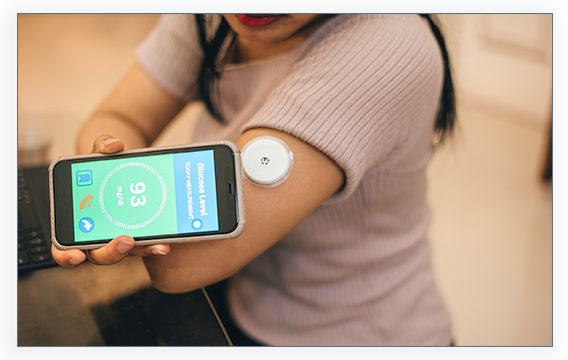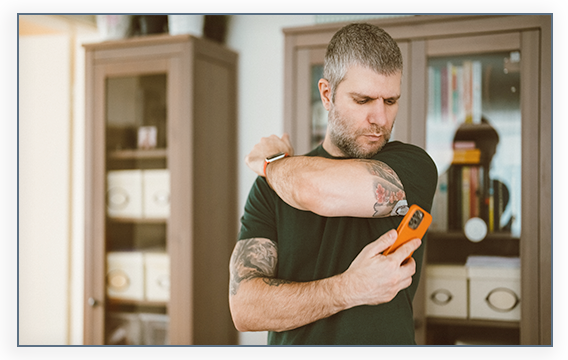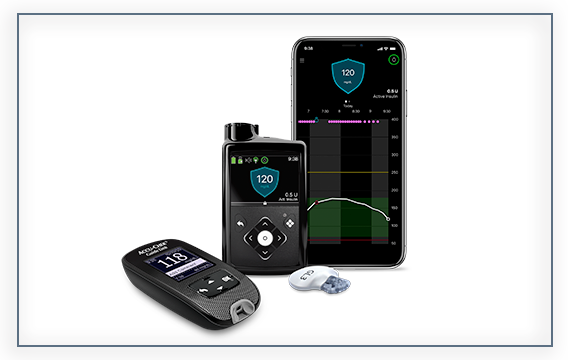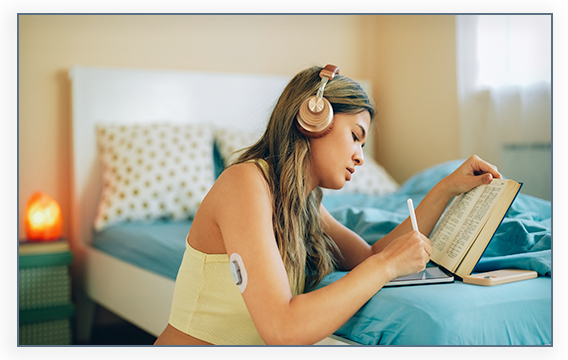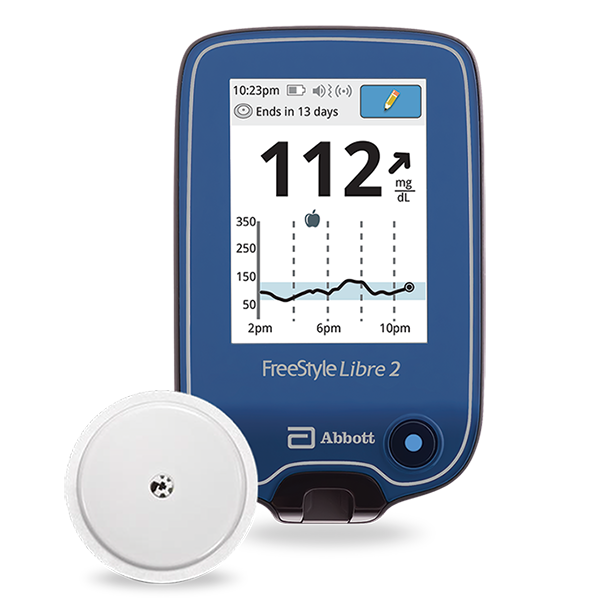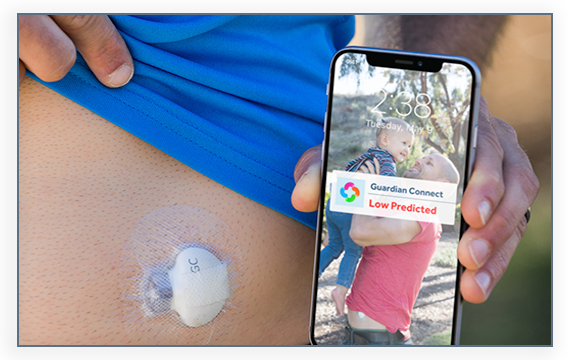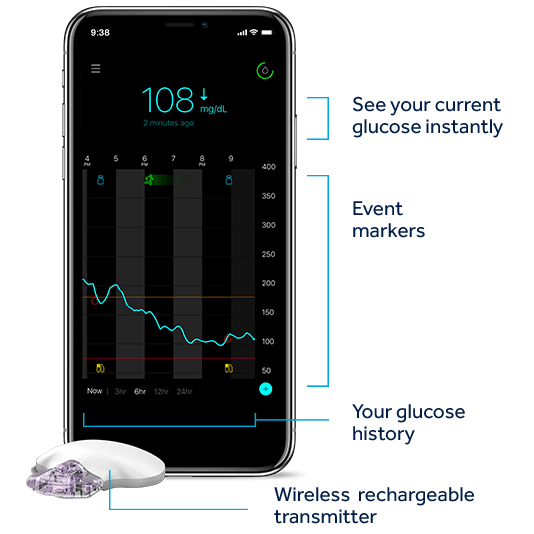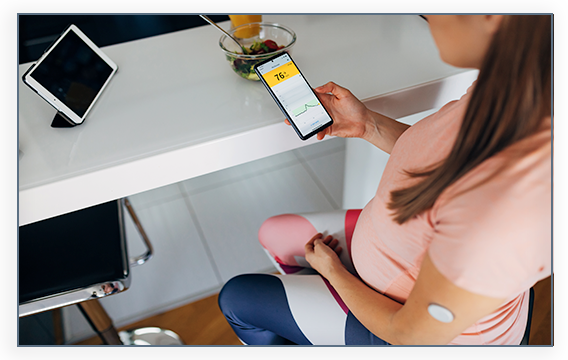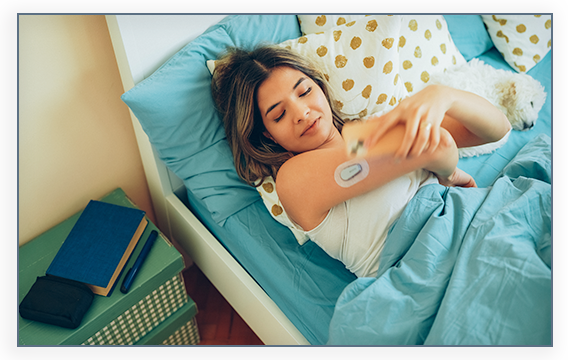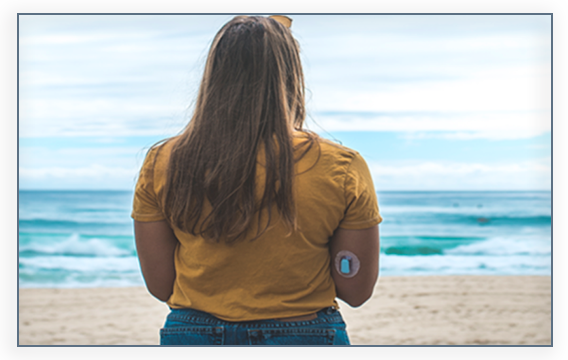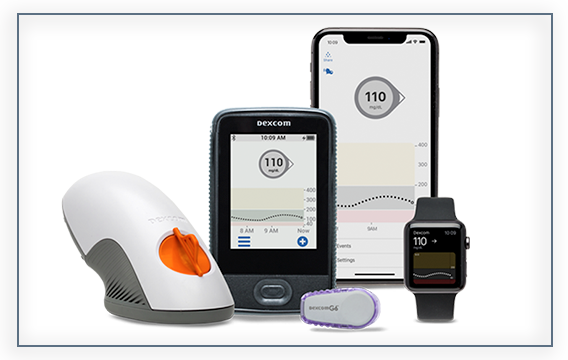Direct to Watch Now Available with Dexcom G7
The Dexcom G7 Continuous Glucose Monitoring (CGM) System now connects directly to Apple Watch!* This update makes it even easier for people living with diabetes to keep an eye on their glucose numbers. Dexcom is excited about this latest CGM innovation and is the first and currently only brand to offer this feature.
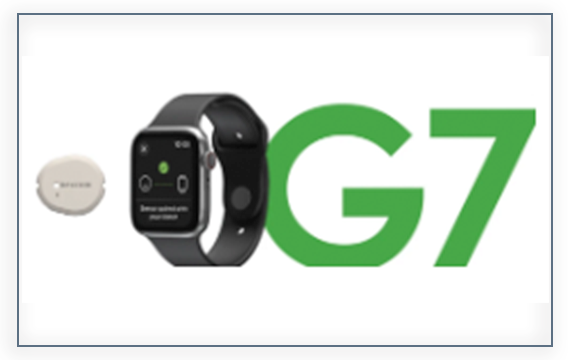
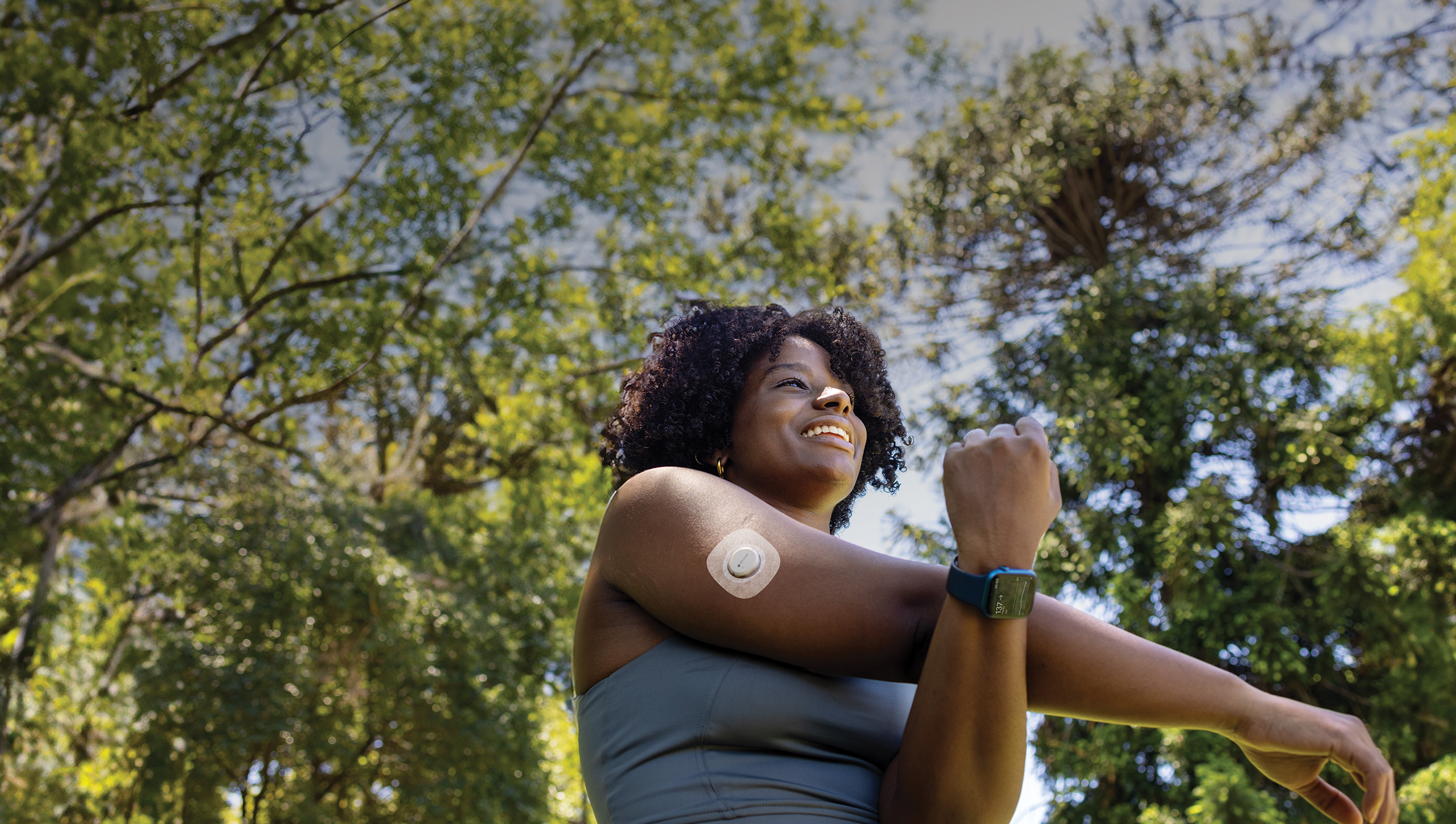
-
UNMATCHED FREEDOM AND CONVENIENCE: The sensor can now connect directly to Apple Watch,* so there’s no need to carry an iPhone to check glucose numbers.†
-
GLUCOSE NUMBERS ON THREE DEVICES: Only Dexcom G7 can display real-time glucose data on a smartphone, smartwatch,* receiver, or connected automated insulin delivery (AID) system,‡ independent of each other.
-
ABILITY TO ACKNOWLEDGE ALERTS FROM APPLE WATCH: With Direct to Apple Watch connectivity, users can receive and acknowledge their CGM alerts via their Apple Watch independent of their iPhone.†
-
ENHANCED DISCRETION: Users can see their glucose numbers in real time and know if they’re rising or falling with a quick glance at their wrist.
Dexcom continuous glucose monitoring is available from Edwards Health Care Services. Many insurance plans, including Medicare, covers CGM technology for eligible members. Apply online for your Dexcom G7 today!
Apply for a Dexcom G7 Today!
Apply Now* Smart device sold separately. To view a list of compatible devices, visit dexcom.com/compatibility.
† Compatible smartphone is required to pair a new Dexcom G7 sensor with a compatible Apple Watch. To use Share/Follow the smartphone must be within 20 feet of the Dexcom G7.
‡ To learn more about insulin pump integrations and compatibility with Dexcom CGM Systems, visit dexcom.com/integrate.
BRIEF SAFETY STATEMENT: Failure to use the Dexcom Continuous Glucose Monitoring System and its components according to the instructions for use provided with your device and available at https://www.dexcom.com/safety-information and to properly consider all indications, contraindications, warnings, precautions, and cautions in those instructions for use may result in you missing a severe hypoglycemia (low blood glucose) or hyperglycemia (high blood glucose) occurrence and/or making a treatment decision that may result in injury. If your glucose alerts and readings from the Dexcom CGM do not match symptoms, use a blood glucose meter to make diabetes treatment decisions. Seek medical advice and attention when appropriate, including for any medical emergency.
Tags: CGM, Continuous Glucose Monitors, Dexcom, Diabetes, Diabetes Management

